

This guide provides a detailed overview of stainless steel threaded rods, covering their properties, applications, selection criteria, and common uses. We'll explore different types, sizes, and grades, offering practical advice for choosing the right rod for your specific needs. Learn about the advantages of using stainless steel in threaded rod applications and discover resources to help you find the perfect fit for your project.
Stainless steel threaded rods are strong, corrosion-resistant fasteners typically used in construction, industrial applications, and manufacturing. They consist of a long, cylindrical rod with external threads along its length, allowing them to be easily secured with nuts and other fasteners. The stainless steel composition offers superior durability and resistance to rust and degradation compared to other materials.
Several grades of stainless steel are used in manufacturing stainless steel threaded rods, each with specific properties impacting strength, corrosion resistance, and cost. Common grades include 304 (18/8 stainless steel), 316 (marine grade), and 410 stainless steel. The choice of grade depends heavily on the intended application and the environmental conditions the rod will endure. For example, 316 stainless steel, with its higher molybdenum content, offers superior resistance to chloride corrosion and is often preferred in marine environments. Contact Hebei Muyi Import&Export Trading Co.,Ltd for information about specific grades and their applications.
Stainless steel threaded rods are available in a wide range of diameters and lengths. Standard sizes typically follow industry specifications, such as those defined by ISO or ANSI. The diameter is measured in millimeters or inches, while the length is generally determined by the specific application requirements. Precise dimensions are crucial for ensuring proper fit and functionality. Always consult product specifications before ordering.
Stainless steel threaded rods are widely used in construction for applications requiring high strength and corrosion resistance, such as anchoring, tensioning, and support structures. Their durability makes them ideal for outdoor projects and environments exposed to moisture or chemicals.
Numerous industrial processes utilize stainless steel threaded rods for machinery components, assembly fixtures, and various fastening applications where strength and corrosion resistance are essential. They find use in food processing, chemical plants, and other settings requiring hygienic and robust materials.
Beyond construction and manufacturing, stainless steel threaded rods are used in numerous other applications, including automotive, aerospace, and marine industries. Their versatility and reliability make them a popular choice across many sectors.
Choosing the right stainless steel threaded rod involves careful consideration of several factors: the required strength, the level of corrosion resistance needed, the operating environment (temperature, humidity, chemical exposure), the necessary thread type and size, and the overall budget. Matching these specifications to the right grade and dimensions ensures optimal performance and longevity.
| Grade | Corrosion Resistance | Strength | Typical Applications |
|---|---|---|---|
| 304 | Good | High | General purpose, food processing |
| 316 | Excellent (marine grade) | High | Marine environments, chemical processing |
| 410 | Good | Very High | High-strength applications |
High-quality stainless steel threaded rods are available from a variety of suppliers. For reliable sourcing and expert assistance, consider contacting Hebei Muyi Import&Export Trading Co.,Ltd for your needs. They offer a wide selection of grades, sizes, and lengths to meet diverse project requirements.
Remember to always prioritize safety and follow proper installation techniques when working with stainless steel threaded rods. Consult relevant industry standards and best practices for guidance.


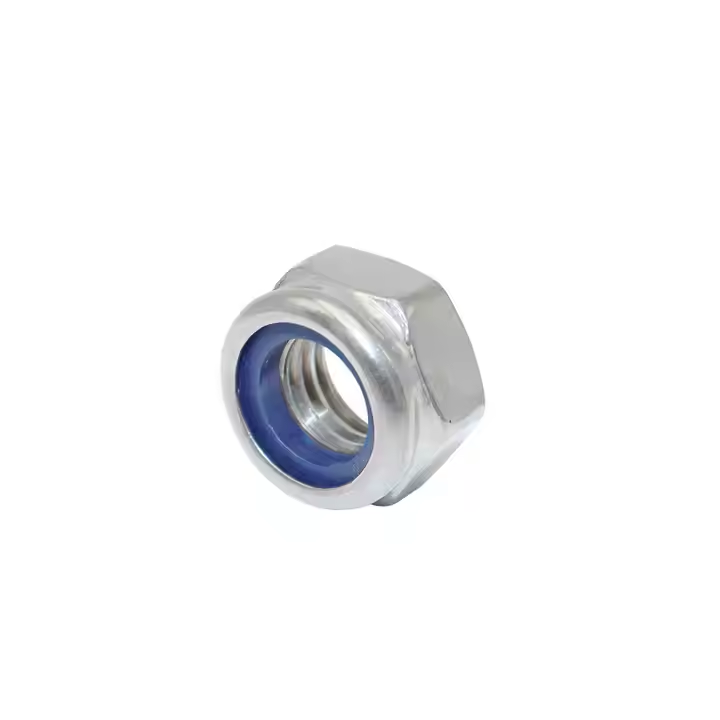
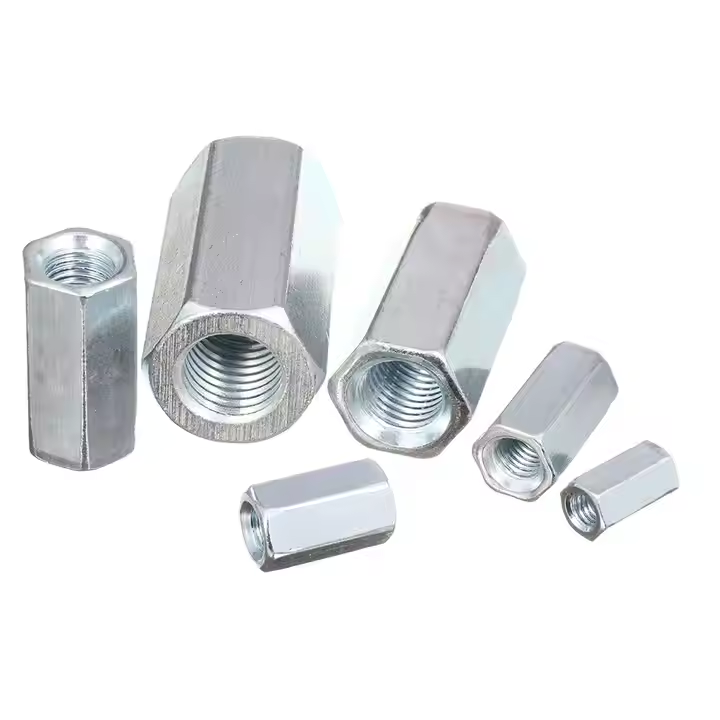

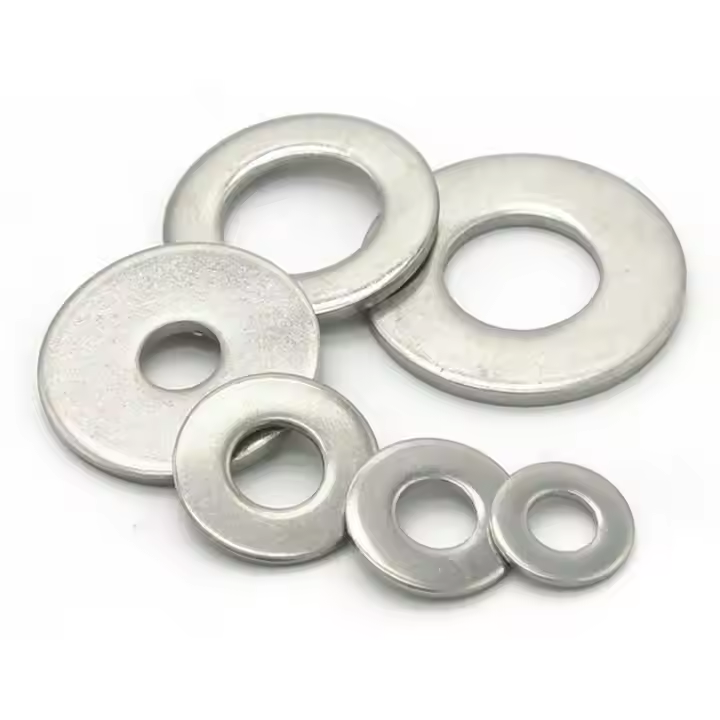

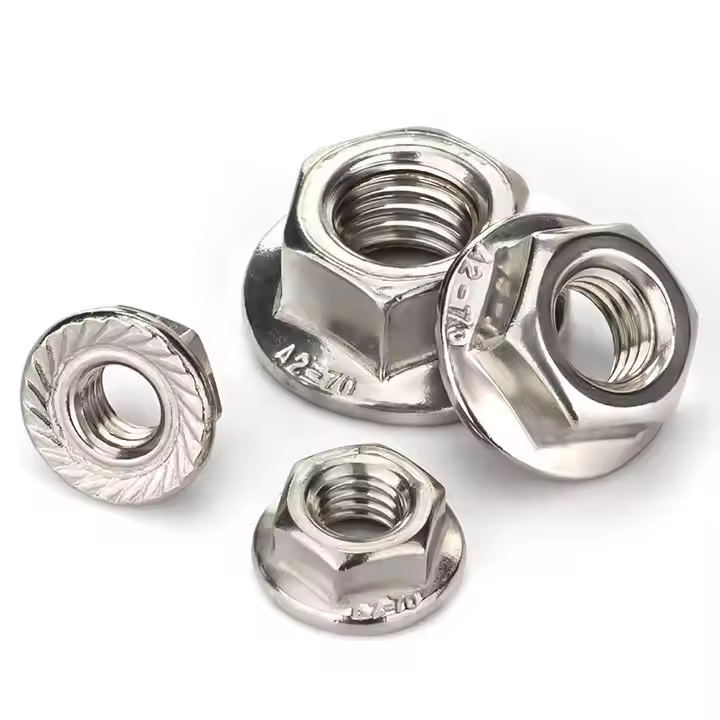

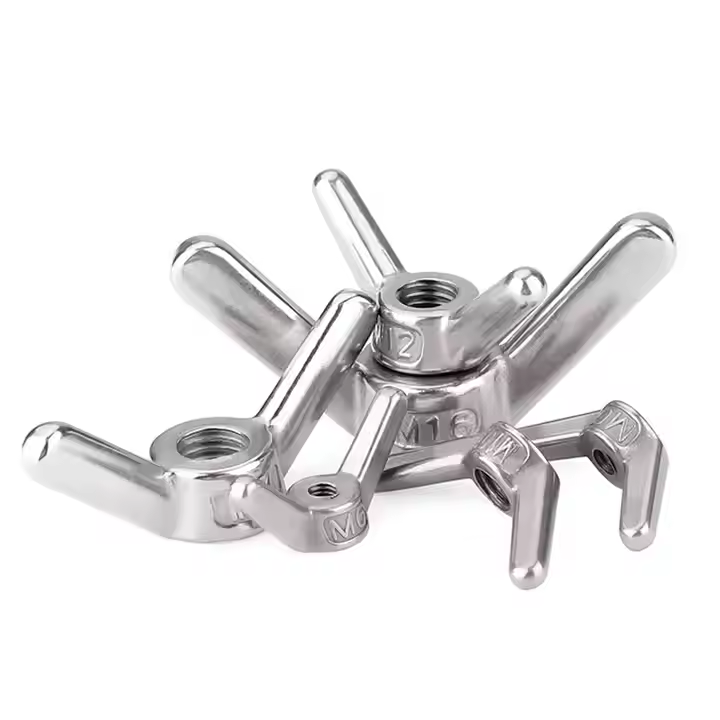
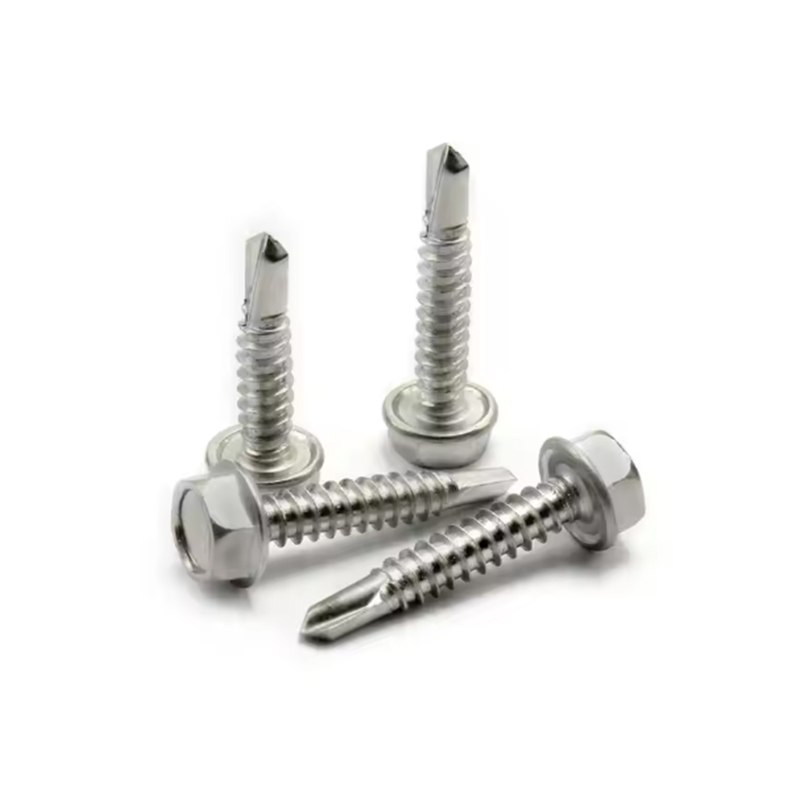


Please enter your email address and we will reply to your email.